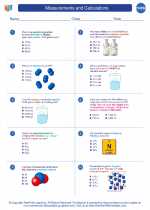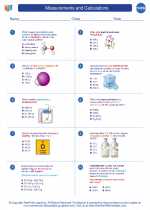Rough Endoplasmic Reticulum
The rough endoplasmic reticulum (RER) is a network of membranes found in eukaryotic cells, and it plays a crucial role in the synthesis and processing of proteins. It is called "rough" because it is studded with ribosomes on its outer surface, giving it a bumpy appearance under a microscope. These ribosomes are the sites of protein synthesis.
Structure of Rough Endoplasmic Reticulum
The rough endoplasmic reticulum is composed of flattened sacs called cisternae, which are interconnected by tubular structures. The presence of ribosomes on its surface gives it a rough appearance and distinguishes it from the smooth endoplasmic reticulum (SER).
Functions of Rough Endoplasmic Reticulum
The primary function of the rough endoplasmic reticulum is to facilitate the synthesis of proteins. As the ribosomes on its surface translate the genetic code from mRNA into amino acid sequences, the newly synthesized proteins are translocated into the lumen of the RER. Once inside the RER, the proteins undergo post-translational modifications, such as folding, glycosylation, and disulfide bond formation, which are essential for their proper structure and function.
Study Guide
When studying the rough endoplasmic reticulum, it is important to focus on the following key points:
- Structure: Understand the structure of the rough endoplasmic reticulum, including its appearance under a microscope and the presence of ribosomes on its surface.
- Function: Learn about the role of the rough endoplasmic reticulum in protein synthesis, post-translational modifications, and protein processing.
- Comparison with Smooth Endoplasmic Reticulum: Differentiate between the rough endoplasmic reticulum and the smooth endoplasmic reticulum in terms of structure and function.
- Importance: Understand the significance of the rough endoplasmic reticulum in the overall functioning of eukaryotic cells and its relationship to other cellular organelles.
By mastering these key points, you will have a solid understanding of the rough endoplasmic reticulum and its importance in cellular biology.
[Rough Endoplasmic Reticulum] Related Worksheets and Study Guides:
.◂Chemistry Worksheets and Study Guides High School. Measurements and Calculations

 Worksheet/Answer key
Worksheet/Answer key
 Worksheet/Answer key
Worksheet/Answer key
